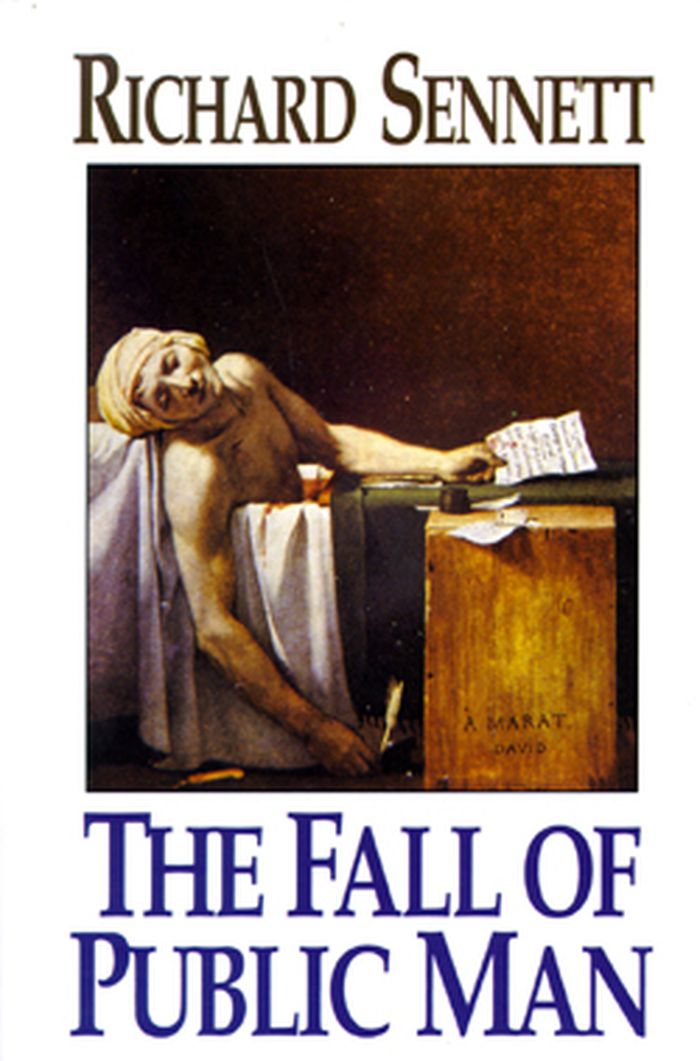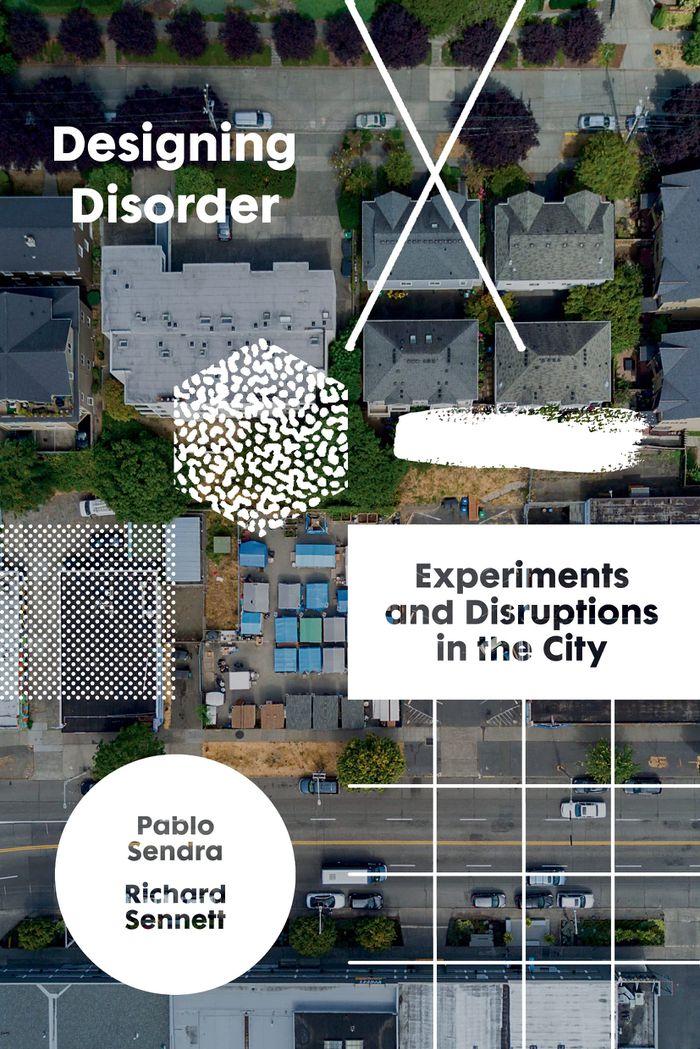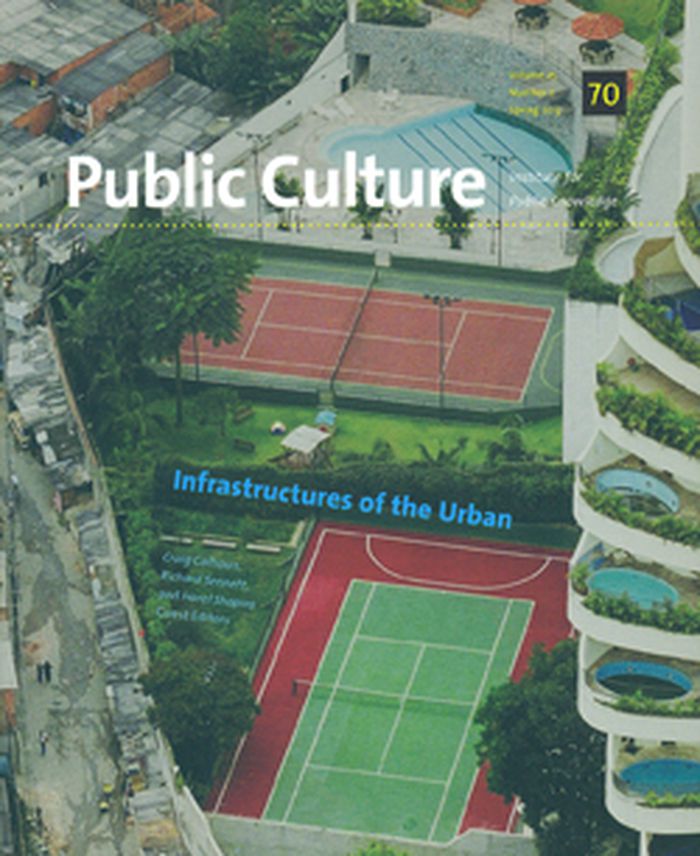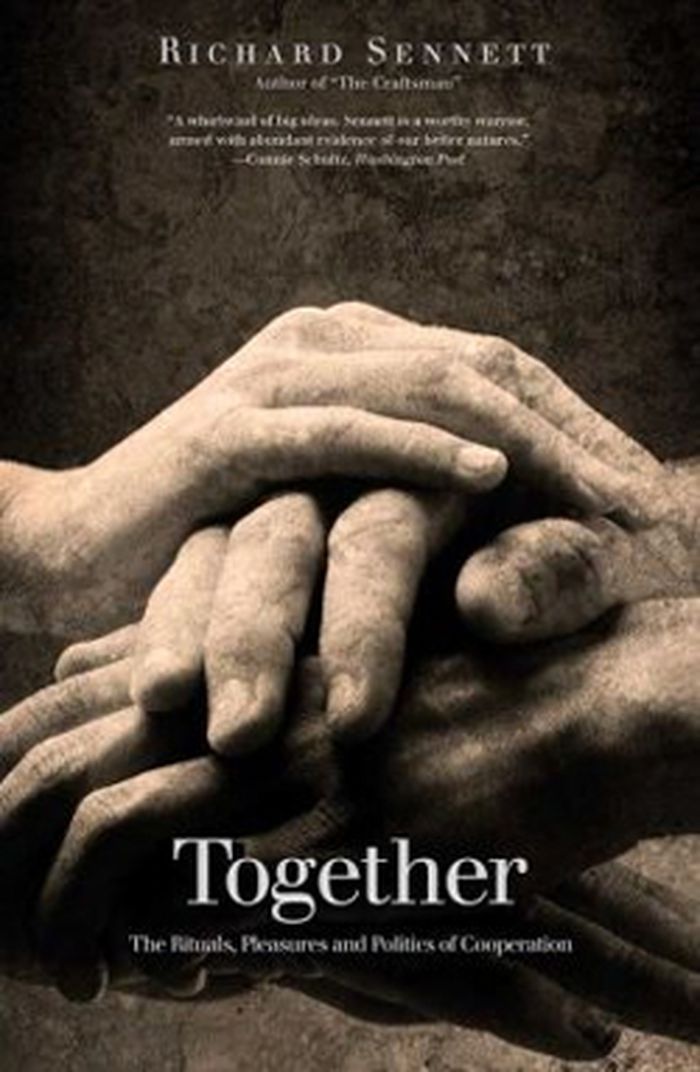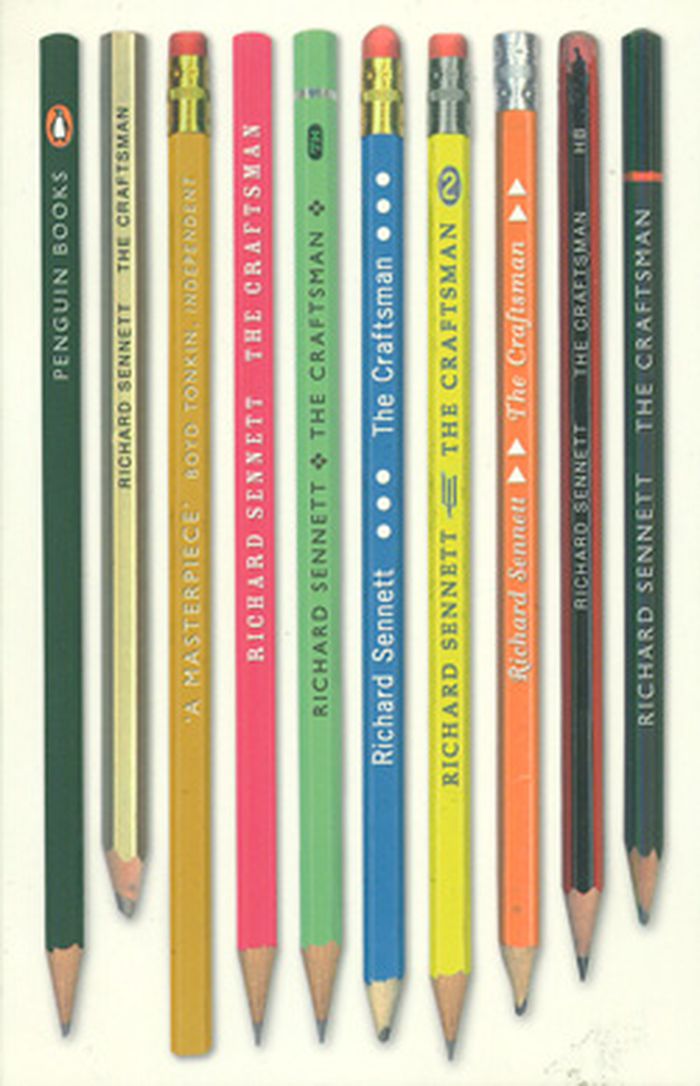The fall of public man
$19.95
(available to order)
Summary:
In an original and sweeping historical study, the sociologist author of The Uses of Disorder relates society's most prominent ills, from clinical narcissism to political apathy, to the decline of public life and the rise of an arid privatism, exalting intimacy and enshrining personality. His model is the Enlightenment cosmopolis, where "a balance of public and private(...)
The fall of public man
Actions:
Price:
$19.95
(available to order)
Summary:
In an original and sweeping historical study, the sociologist author of The Uses of Disorder relates society's most prominent ills, from clinical narcissism to political apathy, to the decline of public life and the rise of an arid privatism, exalting intimacy and enshrining personality. His model is the Enlightenment cosmopolis, where "a balance of public and private geography. . . did exist"; his method is to investigate the change in public roles - "the social terms on which human beings are expressive" - from the 1750s to the 1890s in the prototypical urban centers, London and Paris.
Architectural Theory
$25.95
(available to order)
Summary:
A manifesto for the Open City: vibrant, disordered, adaptable. In 1970 Richard Sennett published the ground breaking ''The uses of disorder,'' that the ideal of a planned and ordered city was flawed, likely to produce a fragile, restrictive urban environment. Fifty years later, Sennett returns to these still fertile ideas and alongside campaigner and architect, Pablo(...)
Designing disorder: Experiments and disruptions in the ciity
Actions:
Price:
$25.95
(available to order)
Summary:
A manifesto for the Open City: vibrant, disordered, adaptable. In 1970 Richard Sennett published the ground breaking ''The uses of disorder,'' that the ideal of a planned and ordered city was flawed, likely to produce a fragile, restrictive urban environment. Fifty years later, Sennett returns to these still fertile ideas and alongside campaigner and architect, Pablo Sendra, sets out an agenda for the design and ethics of the Open City.
Urban Theory
$18.00
(available to order)
Summary:
Treating cities as laboratories of the modern world, Infrastructures of the Urban examines how they are made and how they should be remade. The contributors— scholars and practitioners from architects and sociologists to physicists— bring to bear empirical analysis, ethnography, eyewitness reflections, cultural critique, and manifestos to explore how improving our(...)
February 2013
Public Culture 70: Infrastructures of the urban
Actions:
Price:
$18.00
(available to order)
Summary:
Treating cities as laboratories of the modern world, Infrastructures of the Urban examines how they are made and how they should be remade. The contributors— scholars and practitioners from architects and sociologists to physicists— bring to bear empirical analysis, ethnography, eyewitness reflections, cultural critique, and manifestos to explore how improving our material and cultural infrastructure can produce a better society. Topics include the World Trade Center memorial, the planning of the London Olympics, the informal redesign of shanty housing by slum residents in Mumbai and Mozambique, and the more formalized construction of highways and “tech-cities” like Sondgu, South Korea. The contributors show how cities are made and remade daily, as well as how the diverse, unexpected agents involved in the process break down the distinction between experts and laypeople.
$30.00
(available to order)
Summary:
Living with people who differ—racially, ethnically, religiously, or economically—is the most urgent challenge facing civil society today. We tend socially to avoid engaging with people unlike ourselves, and modern politics encourages the politics of the tribe rather than of the city. In this thought-provoking book, Richard Sennett discusses why this has happened and what(...)
Together : the rituals, pleasures and politics of cooperation
Actions:
Price:
$30.00
(available to order)
Summary:
Living with people who differ—racially, ethnically, religiously, or economically—is the most urgent challenge facing civil society today. We tend socially to avoid engaging with people unlike ourselves, and modern politics encourages the politics of the tribe rather than of the city. In this thought-provoking book, Richard Sennett discusses why this has happened and what might be done about it.
Architectural Theory
The craftsman
$36.00
(available to order)
Summary:
Provocative and enlightening, Richard Sennett's "The Craftsman" is an exploration of craftsmanship - the desire to do a job well for its own sake - as a template for living. Most of us have to work. But is work just a means to an end? In trying to make a living, have we lost touch with the idea of making things well? Pure competition, Sennett shows, will never produce(...)
October 2014
The craftsman
Actions:
Price:
$36.00
(available to order)
Summary:
Provocative and enlightening, Richard Sennett's "The Craftsman" is an exploration of craftsmanship - the desire to do a job well for its own sake - as a template for living. Most of us have to work. But is work just a means to an end? In trying to make a living, have we lost touch with the idea of making things well? Pure competition, Sennett shows, will never produce good work. Instead, the values of the craftsman, whether in a Stradivari violin workshop or a modern laboratory, can enrich our lives and change the way we anchor ourselves in the world around us. The past lives of crafts and craftsmen show us ways of working - using tools, acquiring skills, thinking about materials - which provide rewarding alternative ways for people to utilise their talents. We need to recognize this if motivations are to be understood and lives made as fulfilling as possible.
$21.95
(available to order)
Summary:
Living with people who differ - racially, ethnically, religiously or economically - is one of the most urgent challenges facing civil society today. Together argues that co-operation needs more than good will: it is a craft that requires skill. In modern society traditional bonds are waning, and we must develop new forms of secular, civic ritual that make us more skilful(...)
Together : the rituals, pleasures & politics of cooperation
Actions:
Price:
$21.95
(available to order)
Summary:
Living with people who differ - racially, ethnically, religiously or economically - is one of the most urgent challenges facing civil society today. Together argues that co-operation needs more than good will: it is a craft that requires skill. In modern society traditional bonds are waning, and we must develop new forms of secular, civic ritual that make us more skilful in living with others. From Medieval guilds to today's social networks, Richard Sennett's book explores the nature of co-operation, why it has become weak and how it can be strengthened.
Architectural Theory
